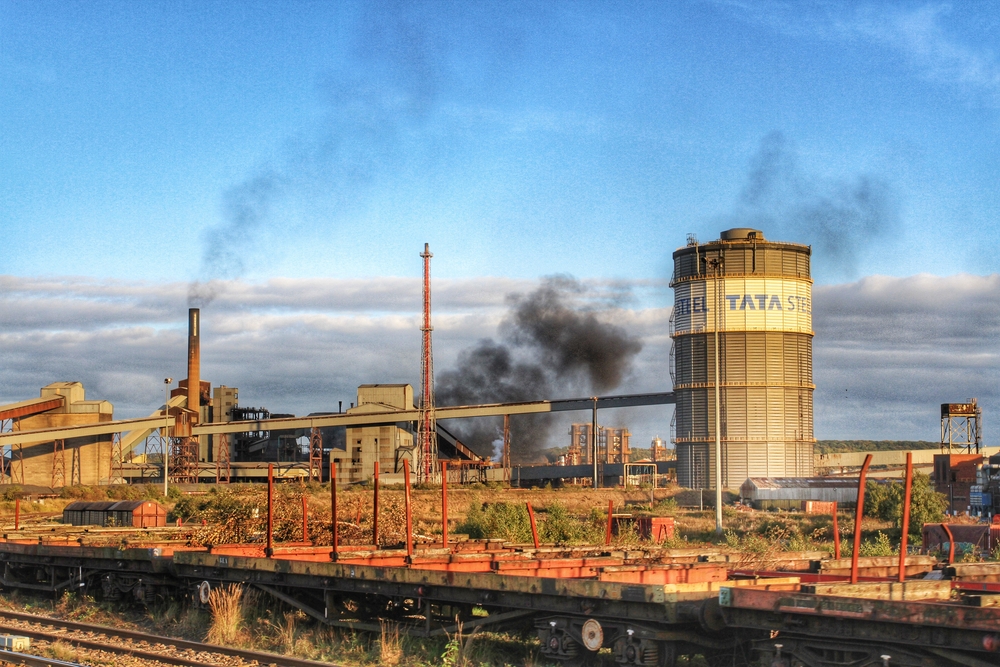This site uses cookies to provide you with a great user experience. By using BondbloX, you accept our use of cookies.
| | | | | | | | | | | | | | | | | | | | | | | | | | | | | | | | | | | | | | | | | | | | | | | | | | | | | | | | | | | | | | | | | | | | | | | | | | | | | | | | | | | | | | | | | | | | | | | | | | | | | | | | | | | | | | | | | | | | | | | | | | | | | | | | | | | | | | | | | | | | | | | | | | | | | | | | | | | | | | | | | | | | | | | | | | | | | | | | | | | | | | | | | | | | | | | | | | | | | | | | | | | | | | | | | | | | | | | | | | | |
Bond Market News
Asian Bond Fund Managers Increasing Portfolio Allocations to High-Yield
May 8, 2018

Asian high-yield bonds suffered a sell-off in line with global fixed income when the 10-year U.S. Treasury yield hit a 4-year high of 3% in late April. Spreads for U.S. dollar Asia (ex-Japan) high-yield bonds, as captured by the Bloomberg Barclays index, widened by 100 bps compared with tighter levels from earlier in the year. The symbolic 3% has resulted in investors being more discerning about new bond issuances, with decisions on whether to invest affecting both investment-grade and high-yield papers alike.
Nevertheless, the muted interest in April and early May could just be for the short-term, with several Asia bond fund managers revealing that they have made larger allocations to high-yield bonds, expecting these to outperform investment-grade bonds over the rate hike cycle. Any outperformance will be due to a mix of macroeconomic and technical reasons. Fundamentally, the default rate for Asian high-yield non-financial companies will remain low at 1.9% through 2018, according to Moody’s in their February announcement. Technically, it history is a good gauge, the beta of Asian high-yield bonds to U.S. treasuries or the sensitivity of these bond price changes to changes in the price of U.S. treasuries, is low as compared to investment-grade bonds. In this environment, the less sensitive a bond’s yield is to changes in treasury yields, the better is its price performance.
High-yield bonds, which tend to have shorter average lives, also have a smaller duration than investment-grade bonds – a measure of the bond price’s sensitivity to small changes in market interest rates. Many portfolio managers prefer to shorten their portfolio duration during a rate increase cycle in order to reduce the portfolio’s sensitivity to interest rate movements, by increasing their allocation to high-yield bonds.
Go back to Latest bond Market News
Related Posts:








